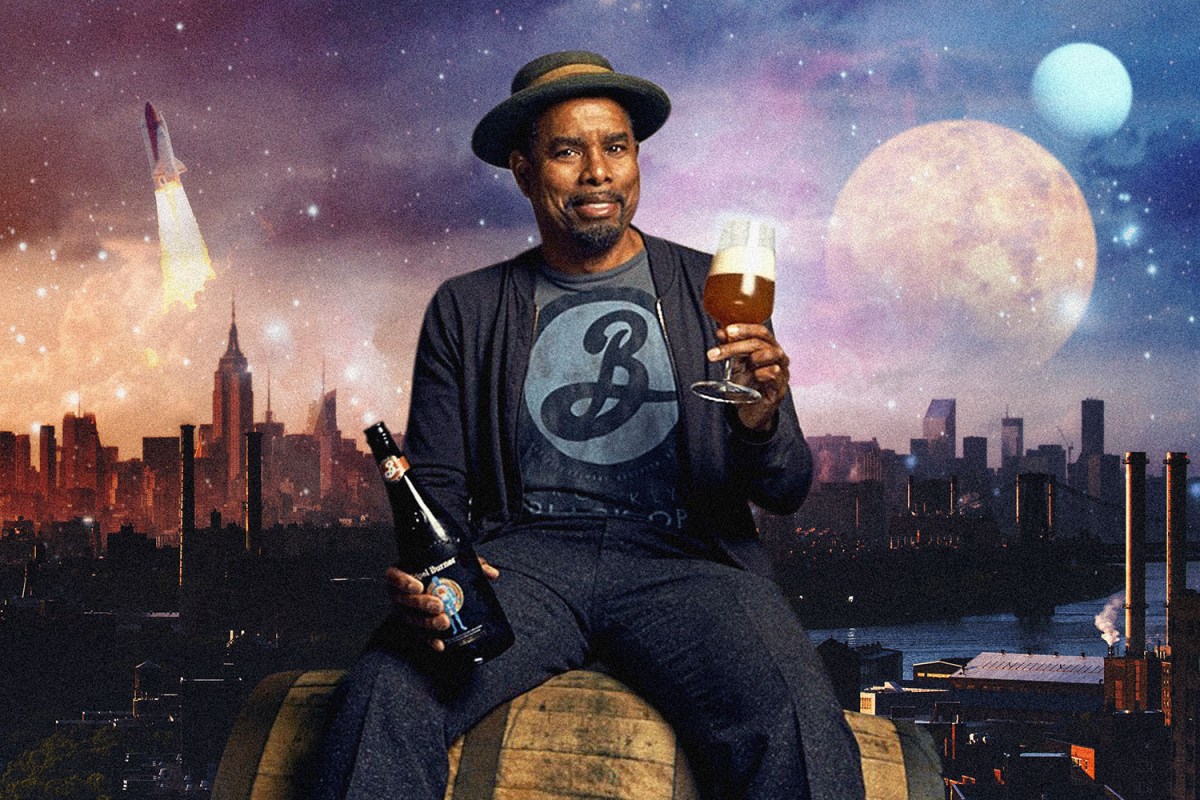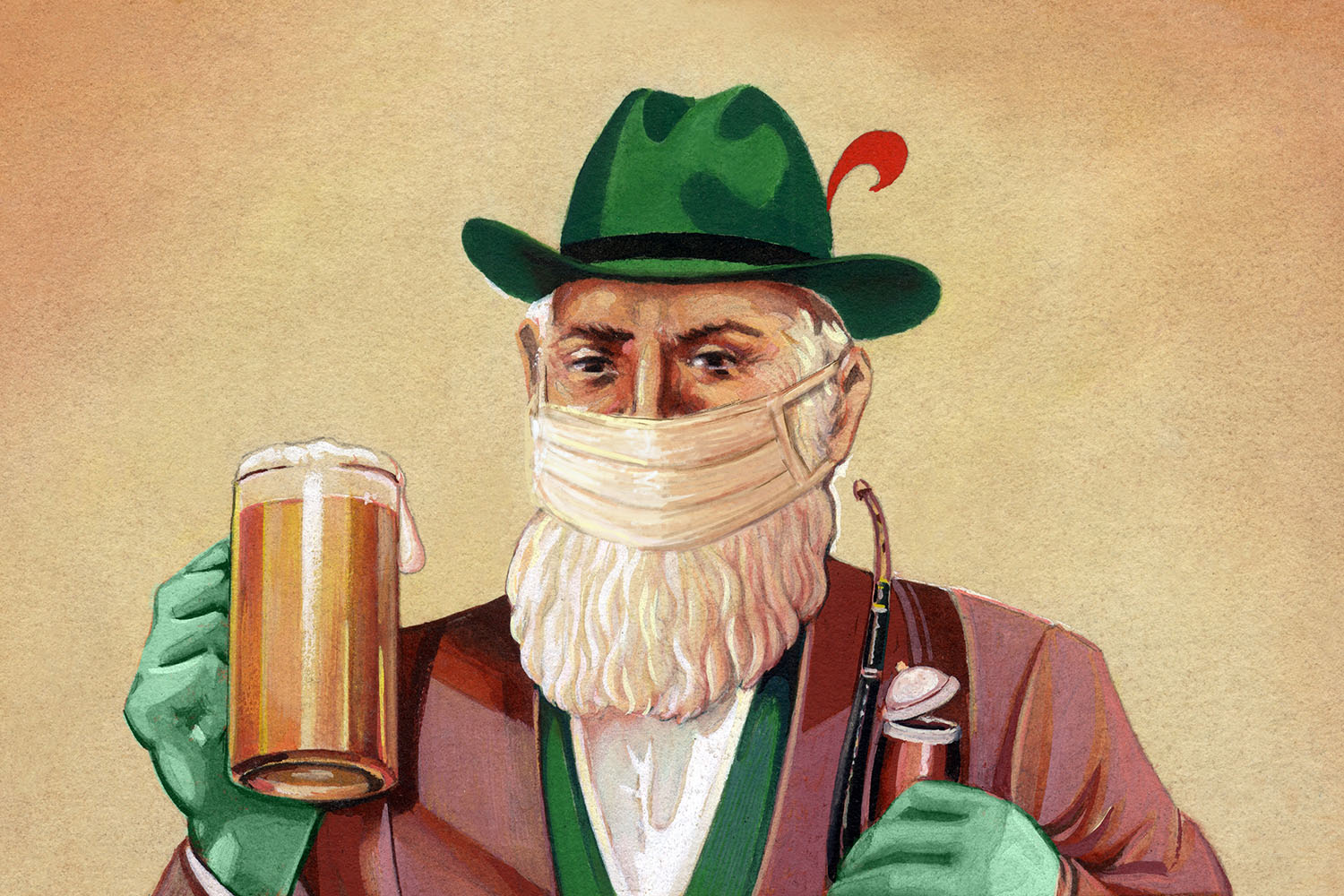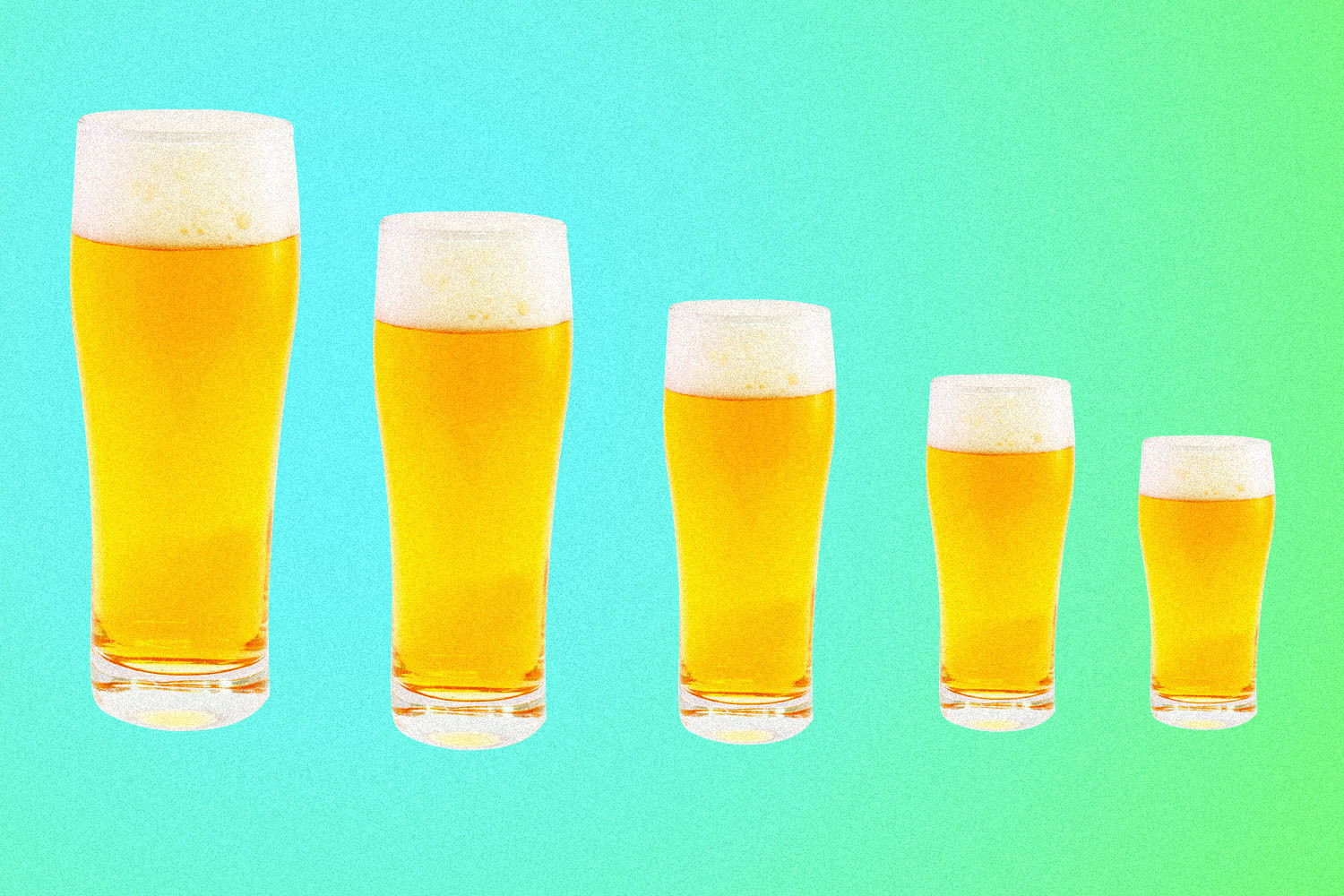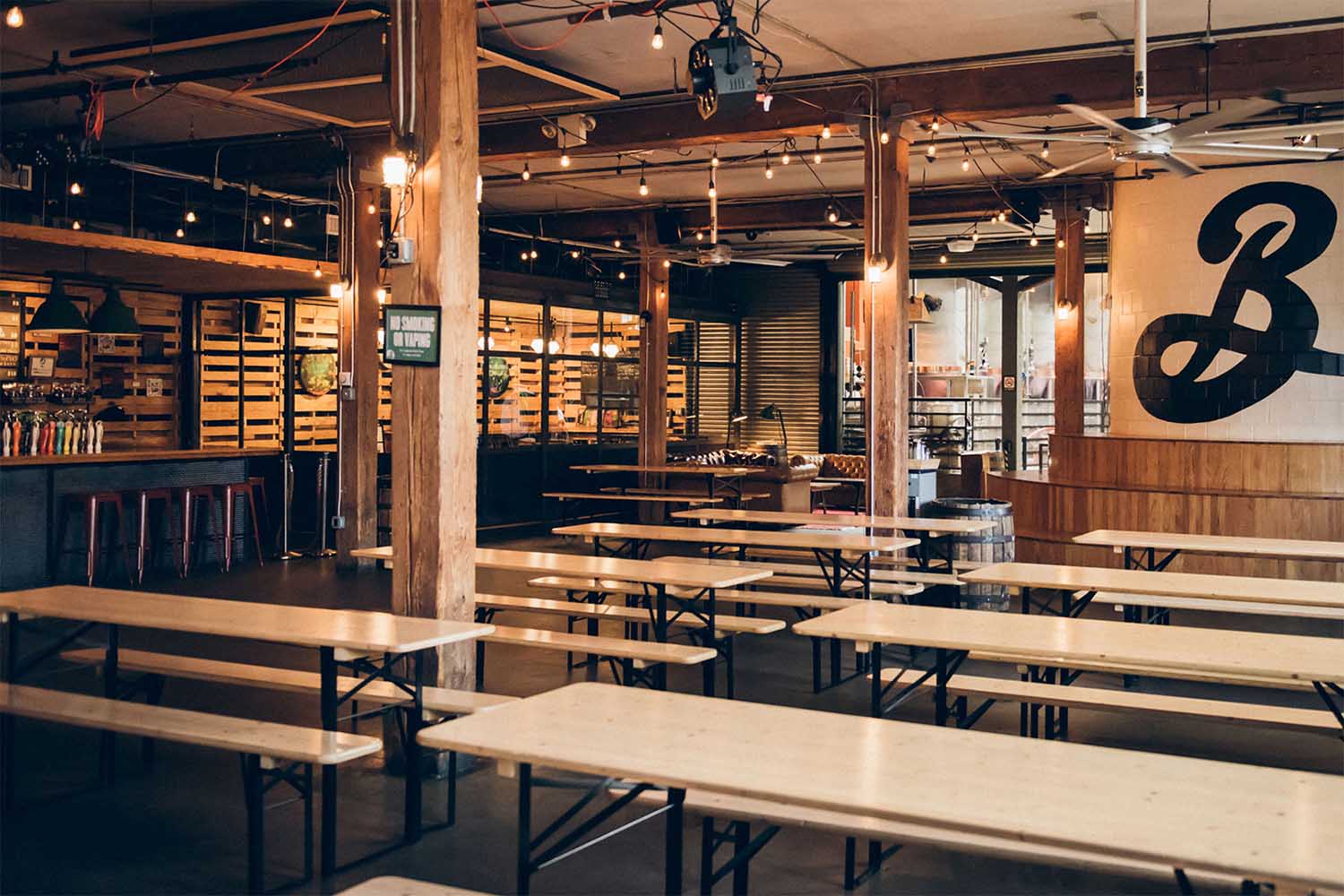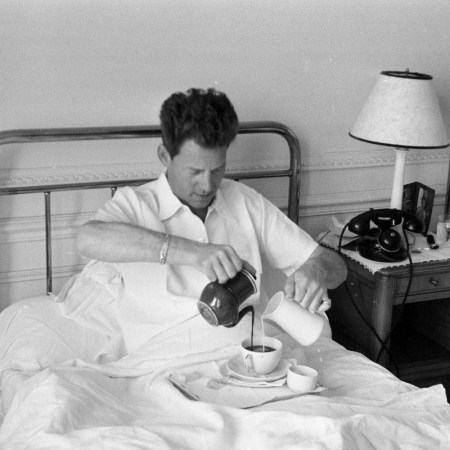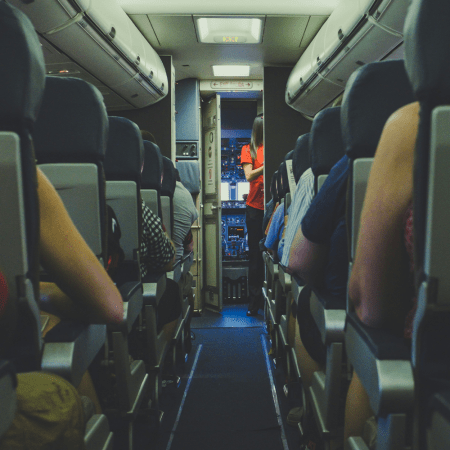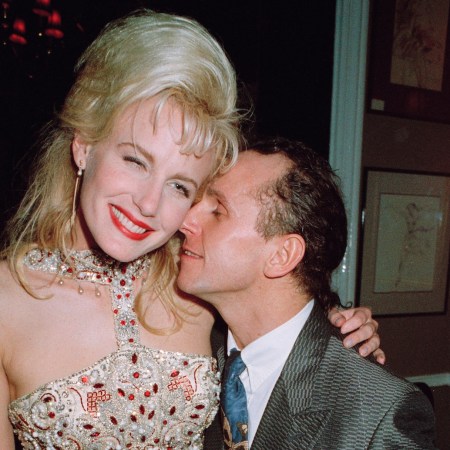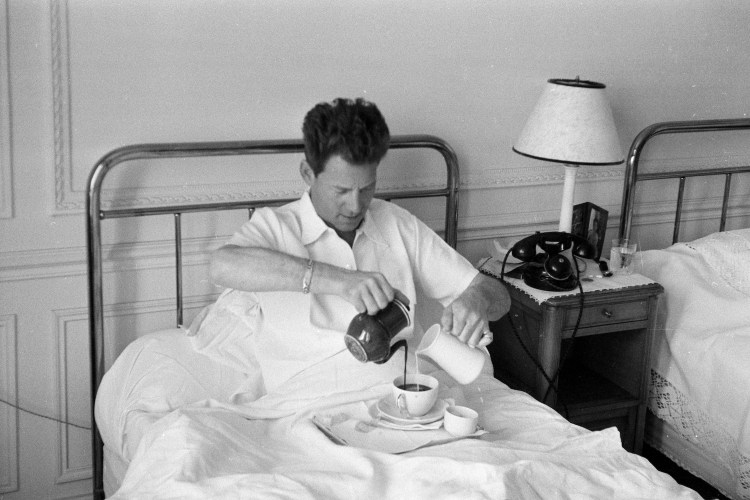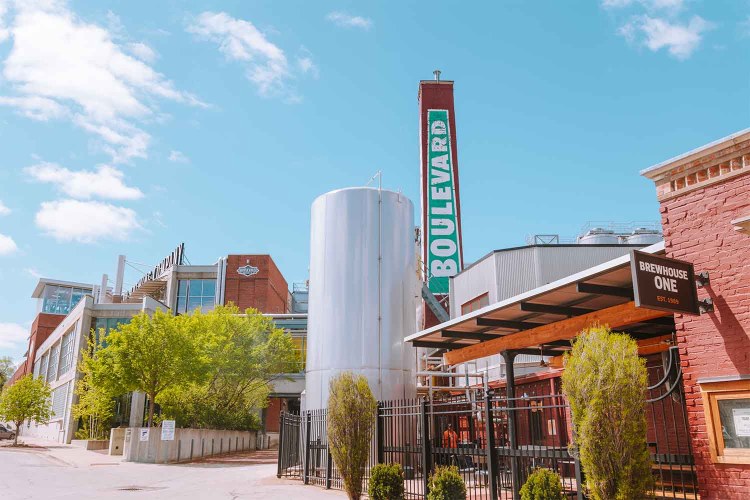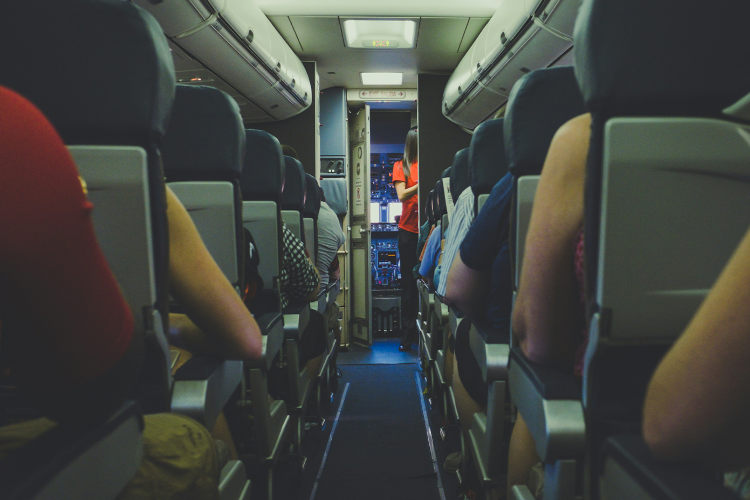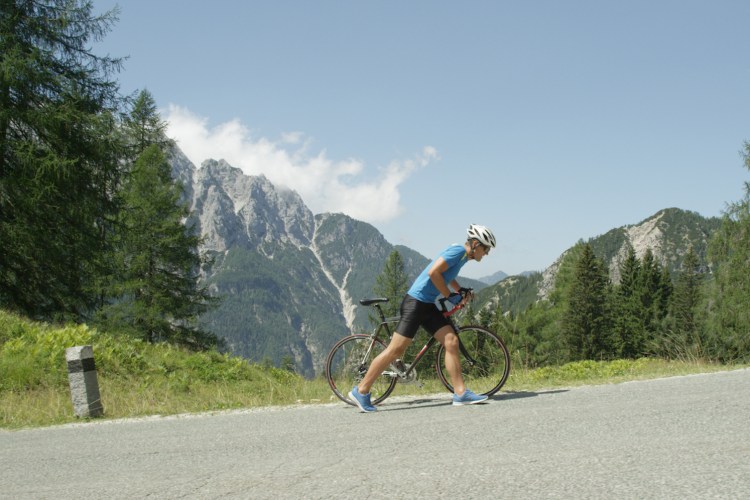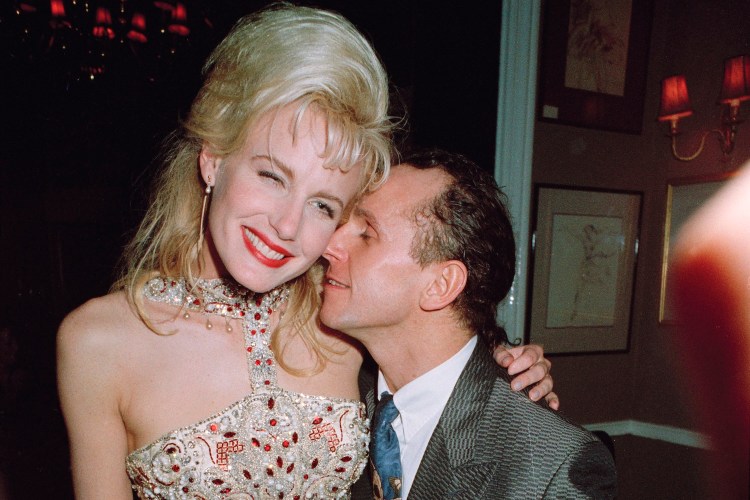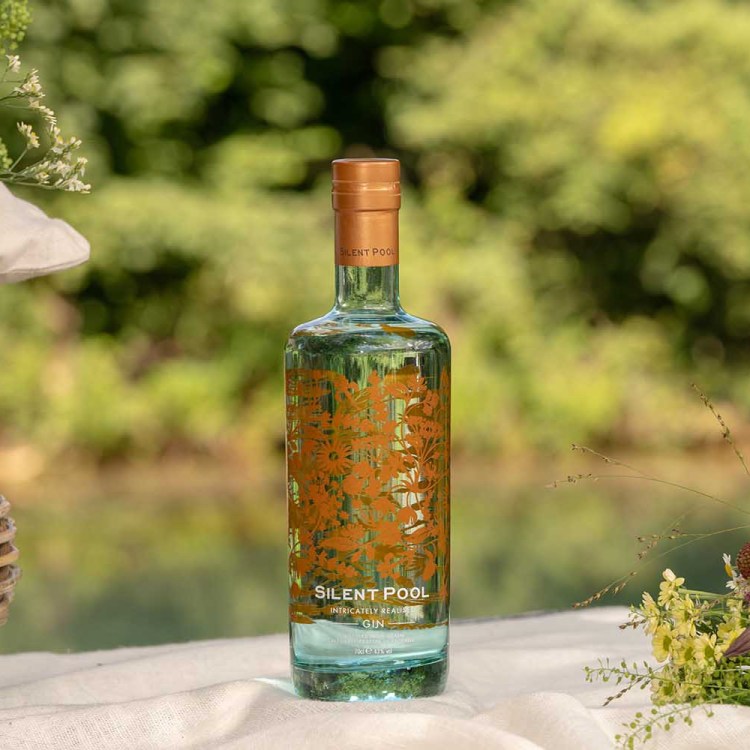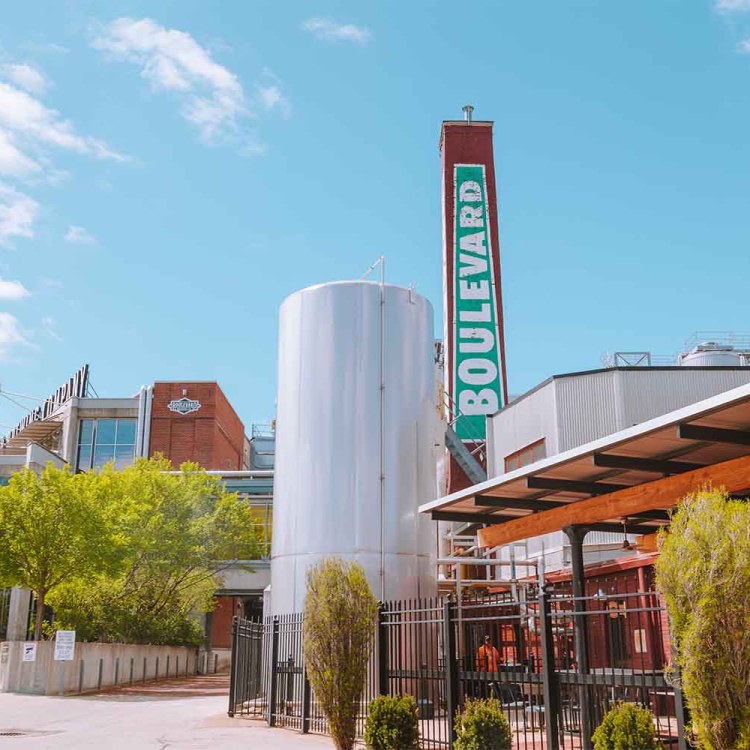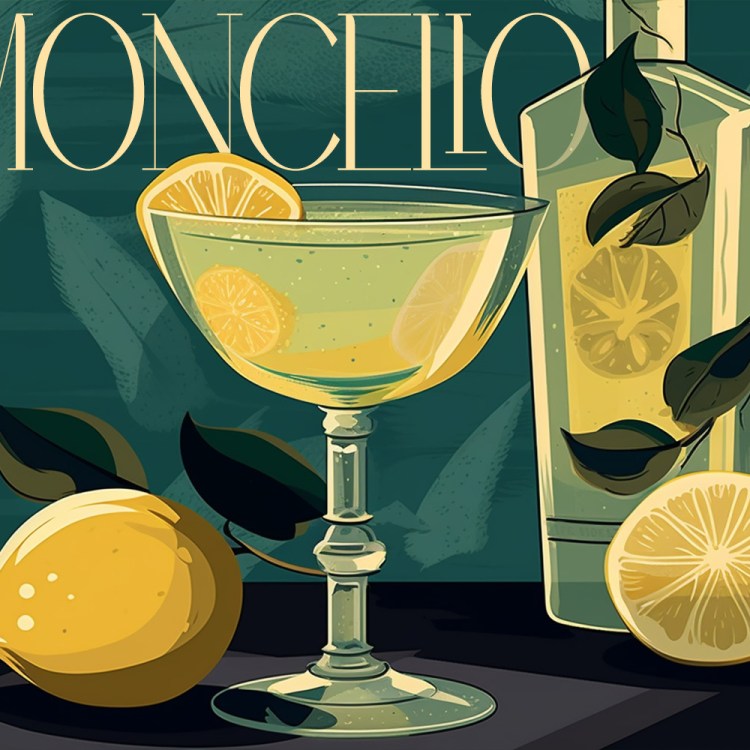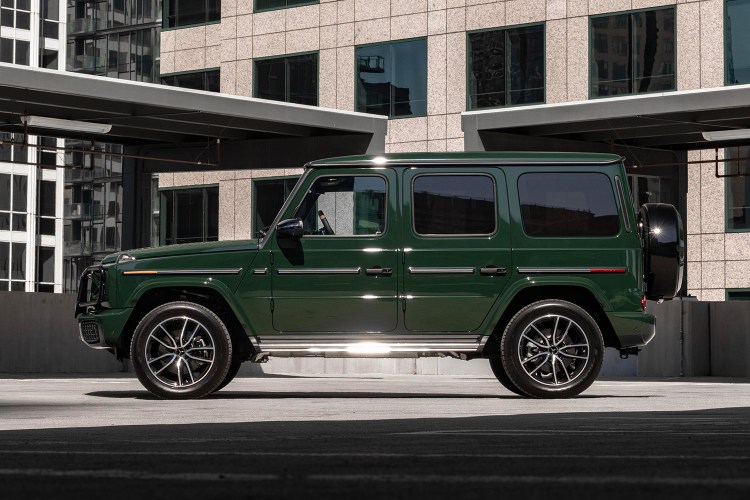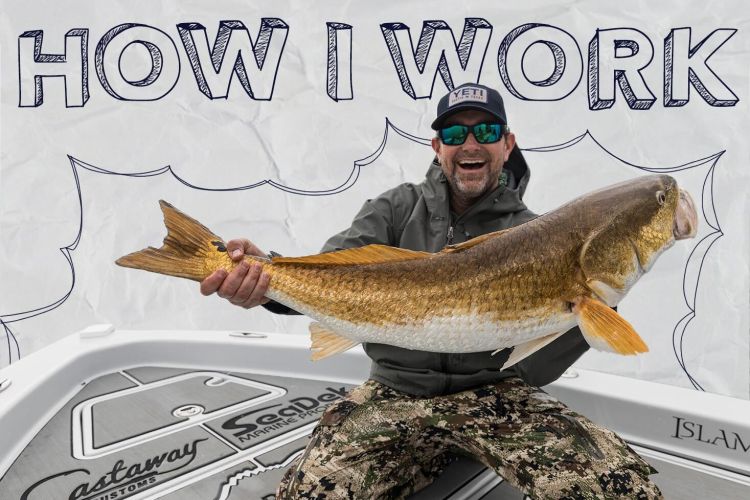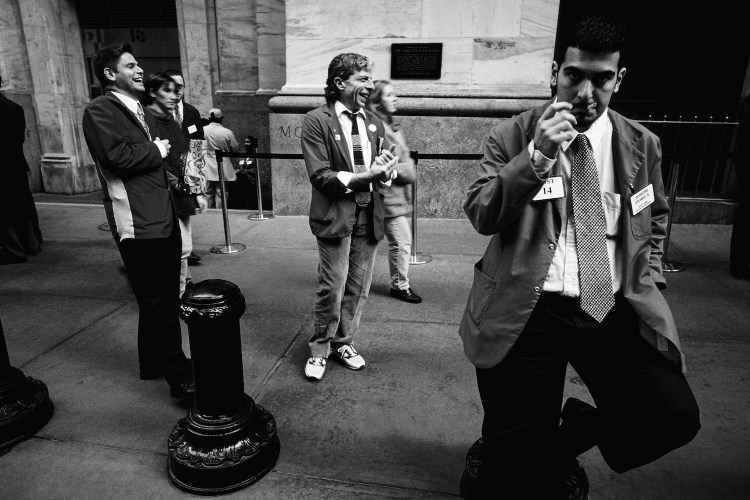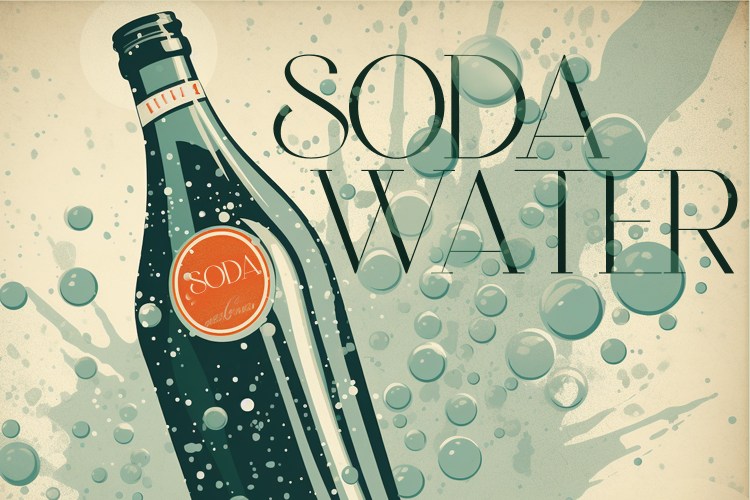Over the next two weeks, we’ll be publishing a series of interviews with thought leaders from a number of industries about the impact of COVID-19 and — more importantly — the improvements they expect to last well into the future. Get to know Post-Pandemic America.
When we spoke with craft brewery owners toward the end of last March to find out how they were coping with COVID-19 restrictions, we had no idea that the pandemic would keep us inside for a full year. It seems almost quaint now to look back and think that just a few weeks of operating at a limited capacity and selling only to-go cans and growlers already had us sounding the alarm. But while restaurants and bars have gradually begun to reopen across the country — and thus begun to ramp up the amount of beer they purchase from breweries to sell to their customers — the situation remains dicey for the craft beer scene.
Things are certainly nowhere near “back to normal” yet, but there are still reasons to be optimistic. To make sense of how the industry can bounce back post-COVID, we caught up with Brooklyn Brewery brewmaster Garrett Oliver to find out why he thinks a pilsner renaissance is on the horizon, how the pandemic has changed our drinking habits and what gives him hope about craft beer’s post-pandemic future.
Generally speaking, do you think the situation is less dire now for craft breweries than it was earlier in the pandemic? As bars and restaurants, and breweries with on-premise sales, gradually reopen in some parts of the country, have sales improved as expected, or are people still hesitant to go out for a beer when they can just drink at home instead?
Garrett Oliver: No, actually I don’t think things are less dire at all. I think you need to think of a lot of breweries as being like animals in the desert that have barely survived for a year with almost no food or water. Is that animal more likely to die now or eight months ago? A lot of breweries are “waiting for the monsoon to come” and bring life back to the landscape. Some aren’t going to make it. Some breweries either are strong in the supermarket or have a great direct-to-consumer game; many of those have done okay. But most are still massively down versus their pre-pandemic sales.
Obviously bigger breweries are more equipped to weather the financial storm of the pandemic than microbreweries are, and many smaller breweries are struggling to survive. How do you think this will affect the craft beer landscape in coming years?
Between the pandemic and the rise of other drinks such as hard seltzer, the herd is going to be thinned. Look at the period after Prohibition. Many breweries reopened but barely lasted a year or two. Each brewery’s situation will be different. Having cash reserves and strong roots in your community will be key, because everything won’t be bouncing back right away.
I think Instagram and other social media will drive craft beer sales even more than they do now. I also think we’re going to see a boom-let in craft pilsner. As people are suddenly able to see their friends, they’re going to want “beer beer” to drink lots of as their social lives reopen. That’s probably not always going to be a 7% IPA, hazy or not. A really good 4.5% pilsner will be a sweet spot.
It’s impossible to predict when exactly this will all be over, but if you had to guess, how long do you think it’ll be before the craft beer industry returns to “normal” (or as close to pre-pandemic normal as it can get)?
I think it’s going to be very regional and individual out there. I think that unless we are tripped up by these new variants, there are some areas of the country that will be close to normal by autumn. But places with huge restaurant and bar scenes driven partly by big international tourist trade, like NYC, may take years to recover.
How do you think the pandemic has impacted people’s drinking habits and preferences?
Well, some things are obvious. For example, the 750 ml bottle, already affected by the rise of craft cans and other factors, just about died off this past year. What use is a “share bottle” you can’t share? It’ll be interesting to see if the stemming of the pandemic brings the 750 back at all. I think people are doubling down on case sales; we haven’t wanted to make any more trips to retail than necessary. People are also buying fewer expensive specialty beers.
I also think that the pandemic is helping fuel the rise of the non-alcoholic category. A lot of people are now home for lunch every day. What are you going to drink with your sandwich for lunch? NA beers can provide a perfect answer, and there’s nobody watching you “drink a beer” at lunch in your kitchen. NA is getting normalized faster than it would have otherwise.
I’ve seen a lot of craft breweries start offering more low-ABV or NA options, with some also making their own hard seltzers. Do you see those trends continuing in coming years?
Absolutely. NA has an obvious utility these days, and there is no sign of the seltzer train slowing. Our NA line, Special Effects, is going gangbusters.
Do you think COVID-19 has permanently changed the craft beer industry? If so, how?
“Permanently” is a strong word. But for the time being, breweries who want to be creative and have lots of fun, interesting types of beer available may need a new route to market. A lot of distributors simply won’t carry eight different beers by one brewery anymore. They’ll take three of them. The other five? The brewery will either have to discontinue them or figure out how to sell them via some other route.
Will this be permanent? Hard to say. But some cities are now the Wild West, with bars and restaurants given a free pass to sell beer, wine and cocktails out the door at retail. Seeing what happens when states and municipalities look to claw that back will be interesting. The landscape might well be pretty different a year from now.
Has the pandemic impacted your decisions about what types/styles of beers to brew? Have things like the aluminum can shortage or COVID-19’s impact on hop growers’ production had an effect?
We’ve been affected more by what we can get to market and the fact that we don’t currently have thousands of visitors per week from all over the world. We’re hoping to welcome them all back soon; we’re open for limited capacity and hours right now. For the time being, with almost no taproom sales, we are limiting what we brew to what our distributors can carry to market. That said, our overall line-up is very young, with lots of new stuff, even if there are fewer varieties.
Do you think the pandemic will influence or inspire new craft beer trends?
I’m hopeful that we’ll see more creativity happening out there. For a while it seemed that everyone was making the same hazy/juicy IPA. It’s a great beer style, and we make a really nice one too, Pulp Art IPA. But craft beer was always based around variety, and I hope we’ll see a bit more of that than we have recently. People have been at home experimenting with kitchen fermentations, kombucha, breadmaking, etc. We may well see some fun, funky things come out of that. We’ll also see more beers that are brewed to raise money for various charities and social change organizations.
It’s a broad question, but are you generally optimistic about the future of craft beer and the industry’s ability to bounce back from this? Why or why not?
I’ve been amazed to see all the craft breweries opening right into the teeth of this storm. I think the culture is very strong and that craft beer will keep on growing, but breweries will tend to be smaller and more individualized. People will visit them to get singular experiences and take a lot more beer home with them. But the culture will keep going.
A lot of us can barely imagine our own lives a year ago, in “the Before Times.” Up until the pandemic, I was traveling to 10 countries a year and meeting literally thousands of people; this year has been the exact opposite. We’re going to need to reimagine our social lives and our work lives. In places that were hit hard, we’re going to have a sort of “collective PTSD” to recover from too.
And then…it might be like the Roaring ’20s again. There is a vast pent-up demand for travel and to spend time with friends and extended family again. The fog is slowly lifting — I can’t wait to go to bars and restaurants again.
Join America's Fastest Growing Spirits Newsletter THE SPILL. Unlock all the reviews, recipes and revelry — and get 15% off award-winning La Tierra de Acre Mezcal.
